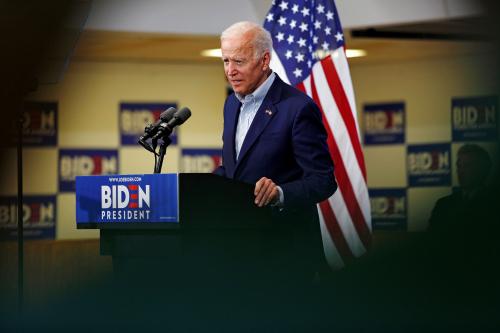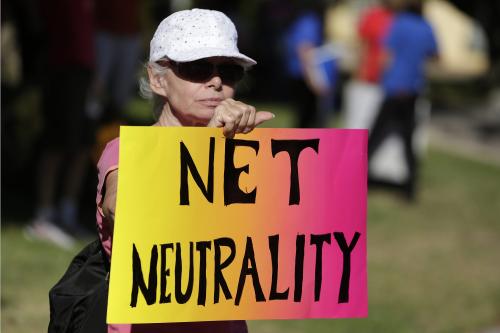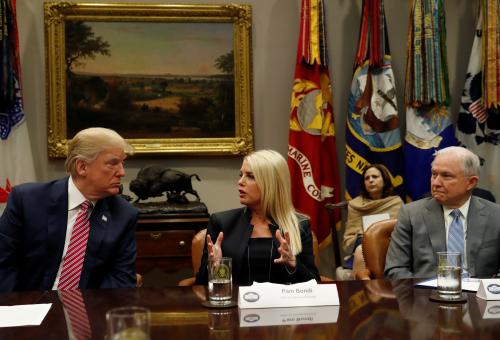Amid a widening political rift between our two major political parties, an unusual philosophical bond was forged between them earlier this month. President Trump, in 2020 re-election mode, already has a campaign apparatus in place. There is ample funding to produce pro-Trump advertising, and to purchase time for these early campaign spots to run on major broadcast and cable networks, which reach a wide national audience. CNN and others, however, refused to air a paid spot since it contained a “fake news” label attached to mainstream media.
Not surprisingly, the blowback from the Trump campaign was intense. It issued a statement that said this refusal represented “a chilling precedent against free speech rights.…All of the mainstream media television networks have blocked the ad [celebrating] the achievements of President Trump in his first 100 days in office, including CNN, ABC, CBS, and NBC.”
But nearly 50 years ago, the U.S. Supreme Court established a durable legal precedent regarding this issue. In a seminal case, the Democratic National Committee formally requested that the Federal Communications Commission issue a declaratory ruling that, under the First Amendment and the Communications Act, refusing to sell time to solicit funds or comment on public issues was prohibited. The FCC rejected the DNC’s argument, but its decision was reversed by the U.S. Court of Appeals for the District of Columbia Circuit.
Three years later, the Supreme Court issued its own opinion in the case, reversing the decision of the appellate court and upholding the FCC’s decision not to act. Chief Justice Warren Burger, a conservative jurist appointed by President Nixon, wrote an opinion that tipped the scales away from the notion that political speech holds the power to contribute to an informed electorate and back toward the principle of broadcaster discretion.
Here is the most powerful passage from that case: “Even though it would be in the public interest for the respondents’ advertisements [a group called Business Executives Move for Vietnam Peace had sought to buy time for an anti-war ad] to be heard, it does not follow that the public interest requires every broadcaster to broadcast them. And it certainly does not follow that the public interest would be served by forcing every broadcaster to accept any particular kind of advertising.”
This precedent indicates that government should have no role in mandating political advertising distribution in all mass media, including print, broadcast, and cable. This places the Trump campaign on an equal footing with the candidates and issues that the DNC chooses to support.
The case also has created an unintended consequence of promoting more political advertising online and on social media. Ironically, the Trump ad received widespread distribution there, including among President Trump’s 24 million Twitter followers. It even received attention as a news item by some the networks that refused to carry the spot.
Campaigns now can be expected to devote substantially larger advertising budgets to online and social media. According to the Pew Research Center, TV remains the most widely used news platform, with 57 percent of American adults utilizing it as a news source. But already 38 percent get their news online, with the vast majority of this group accessing news websites, apps, and social media. Unlike broadcast or cable TV, there is no shortage of online outlets that will distribute spots that the major networks decline in the interest of exercising their own First Amendment rights.
At least in these digital domains, there seems to be no conflict between Republicans and Democrats, nor between free speech and the free market. Viewed in tandem, it’s easy to understand that the barriers to entry and ever-increasing reach of online and social media will make the legal barriers to buying broadcast or cable TV time far less formidable over time.







Commentary
The tide turns toward an online and social media future for political advertising
May 11, 2017